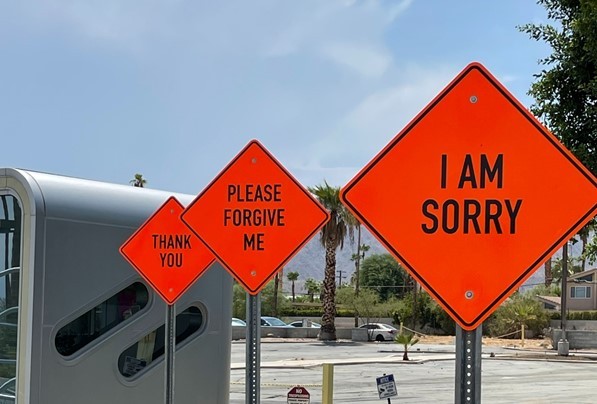Change requires us to look at the elephant in the room – ourselves.
Looking back at this year’s IWD2022 campaign #breakthebias I observed a lack of resources targeted at helping people make the change we are seeking.
Time to move on from awareness campaigns and on to taking action. Meaningful change cannot be achieved through dishing out and wearing the ‘merch’. This isn’t a matter of becoming a ‘fan’ or a follower – we need more players on the pitch. We need courage to practice new ways. But how? Here’s one way, we hope it’s helpful.
We can’t #breakthebias until we can see it in ourselves. It takes personal courage and curiosity to look in the mirror at how we may be contributing to bias in our workplaces.

Bias resides in all of us, it is hard wired into our primeval brains. Bias serves a purpose, to give us the mental short cuts we need to conserve brain energy. It filters out the ‘sameness’ so we can focus our precious cognitive resources on staying alert to the unfamiliar, new or different. There are literally
Let’s not blame our brain – after all, it is looking out for our safety and security, so when it sees difference it springs into action – hey, this is different? Is it OK? Should we run? Should we stay? It’s a reality of our human condition and why we automatically end up going back to the safety of groups and information we know well.
It takes daily practice, deep listening skills (esp. when we don’t like or agree with what we are hearing), compassionate conversations, and sheer emotional effort to truly notice our impact and to figure out ways to become a truly inclusivity leader and organisation.
So how do we ‘see’ our bias?
The ‘Leadership Shadow’ when described as a model for change was a joint publication in 2014, by the Chief Executive Women’s Network and the Male Champions of Change in Australia.
If we look deeper beyond the boundaries of this model’s great significance in addressing gender-balance in leadership, it offers us a broader ‘bias-breaking’ tool that can be accessed by all of us – especially anyone in a position of power and authority over others (including parents).
Here is an example of how to play it through using diversity and inclusion as the example [and we can insert any behaviour phrase or habit we want to test and change in ourselves].
Remember it’s not just what we say that shows others who we really are. And it is always our choice in what action we take with new insights we gain about ourselves.
How inclusive as a leader are you?
I say that diversity and inclusion is important. (What I say)
and
I hang out at work with people like me and hire people like me (How I act)
and
I delegate diversity and inclusion to others to think about and champion (What I prioritise)
and
I measure our success by whether we meet our numerical targets only (What I measure)
Do you SEE it now?
What other practical resources do you know of or use?




